Morel mushrooms are a delicacy that many of us can’t wait to hunt for every spring season. However, where to find morel mushrooms is the million-dollar question! A great morel mushroom hunter will not quickly give up his or her “spot”, but they will likely share their tips on when they grow and the best type of terrain to find them.
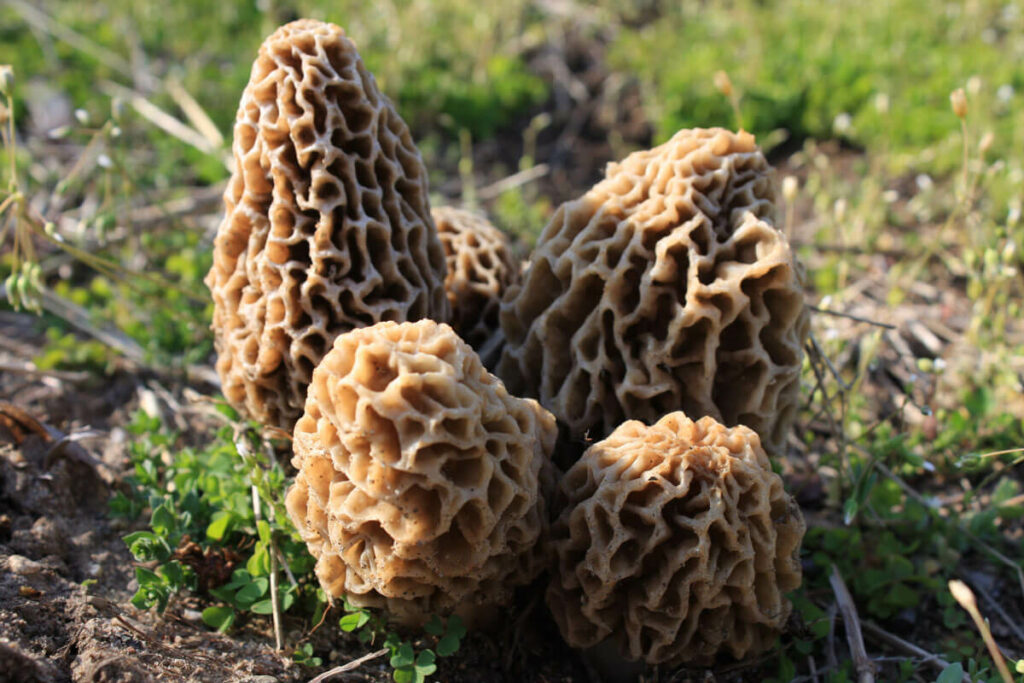
If you are successful and find some of these coveted treasures, try cooking them up in this delicious quiche recipe to take advantage of the many health benefits of mushrooms.
*Disclaimer-this post is strictly for educational purposes. We are in no way liable if you pick morels or any other mushroom and become sick or suffer from any type of reaction or illness. Please pick responsibly.
Table of Contents[Hide][Show]
Why I Love Morel Mushroom Hunting
Living off the land has been something my family has practiced for generations, even foraging for wild medicinal herbs. Learning good foraging practices and how to forage morel mushrooms have been handed down through the generations.
Hunting for morel mushrooms is one of our favorite springtime activities. Growing up, we didn’t take family vacations because my father worked all year long. However, we did go morel mushroom hunting.
Mushroom hunting season always reminded me of an Easter egg hunt. Except, we were searching for mushrooms, and it lasted longer. We searched the leaf-carpeted forest floor for signs of the mushrooms and yelled loudly when we spotted one.
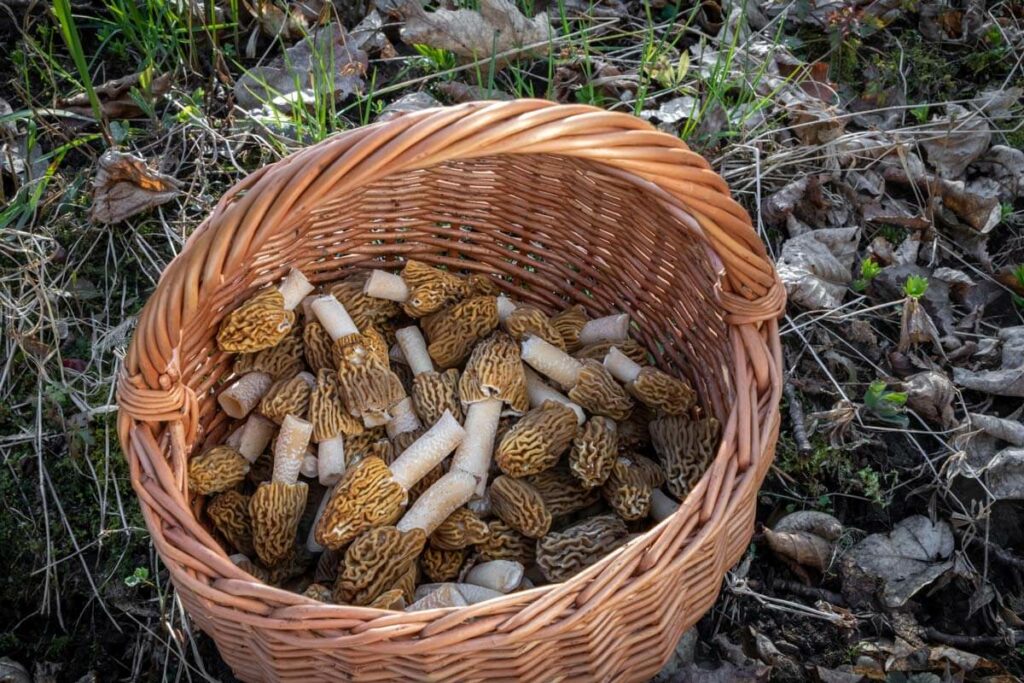
Where to Find Morel Mushrooms
Morel mushrooms are fungi. Soil temperatures and moisture are determining factors for when and where they grow.
Morels won’t grow if the soil is too hot or too cold, and they thrive in a moist environment. For this reason, you will often find them growing underneath last year’s fallen leaves.
If you live near a forest that has been clear cut, the ground has been disturbed, or a wildfire has burned through, expect to find more morels in these areas.
Morel mushroom hunters should be on the lookout for recent disturbances (or even dying trees) that still have foliage growth. The morel fungus will be trying to attach to the remaining foliage so that it can disperse and reproduce.
Subscribe to Melissa K. Norris!
Get updates on the latest posts and more from Melissa K. Norris straight to your inbox.
We use your personal data for interest-based advertising, as outlined in our Privacy Notice.
When Can You Find Morel Mushrooms?
Morel mushrooms will start growing in the spring after a good, warm rain. If you live where stinging nettles grow, watch for them to start popping up, and you’ll know the morels will be following suit!
Morel mushrooms will grow quickly, so we check for them every three days once the signs are out. The first one is usually the hardest to spot. Once you’ve found one, your eye becomes trained and knows what it’s looking for.

How to Find Morel Mushrooms
Now that we know when and where to find morel mushrooms, let’s talk about how to find them.
Of course, this is easiest if you know that the spot you are searching already has mushrooms!
The best method I have found is to scan the ground in a grid-like pattern. Inspect the area as you would a map. Look at it from every angle, scanning the area a few feet in front of you, and then move out with your eyes while walking slowly.
Pro Tip: If you find one, look closely. They usually have a mate!
What Do I Do With Morel Mushrooms?
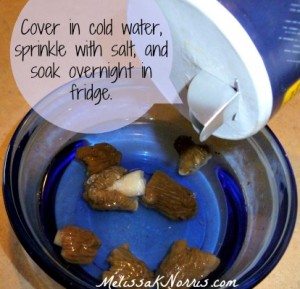
- Harvest – Carefully cut or pinch off the morel leaving the stem intact. This leaves the root in the ground and allows it to produce morels again. If you pull up the stem and roots, you cut into future harvests.
- Carry – I like to carry a mesh bag with me, so the spores repopulate the area while I continue searching. Be sure to not overfill whatever container you choose to place the morel mushrooms into. The weight of too many can smash the mushrooms and ruin them.
- Clean – When you get the morels home, you will need to soak them overnight. Since they grow in the forest, they might have small bugs or worms on them. If you can see lots of worms or bites, it’s best to discard them. Place the mushrooms in a bowl of cold water and sprinkle them with salt. Cover them completely and store them in the fridge overnight.

How Do I Identify Morel Mushrooms?
Morel mushrooms have a very distinct look and come in all sorts of colors. I have never found black morels, but I have found white and yellow morels.
Look for mushrooms that have a cone-shaped top with lots of deep crevices resembling a sponge. They will be hollow inside if they are true morel mushrooms.
What Are False Morel Mushrooms?
If you have never hunted for a wild mushroom, it is best if you find an experienced hunter or take a field guide with you. There are many poisonous mushrooms that can lead to extreme sickness and even death. Make sure you are finding edible mushrooms!
There is only one type of false morel. A real morel will have a wrinkly cap, a very distinct look, and be hollow inside. False morels look the same as true morels on the outside but will not be hollow on the inside.
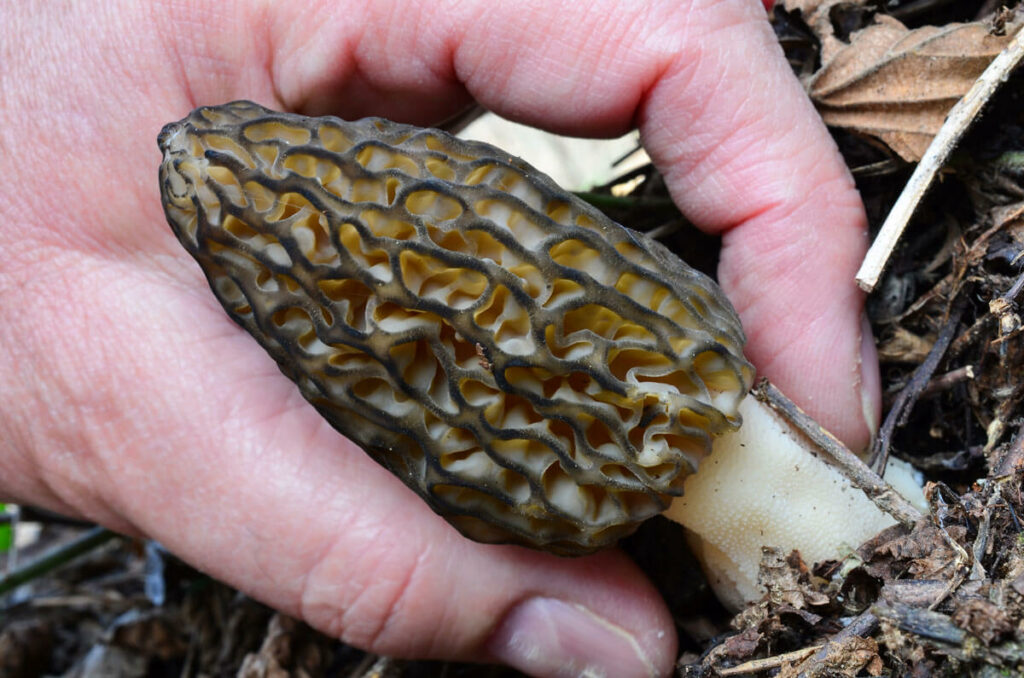
Additional FAQs
What Is the Best Time of Day to Find Morel Mushrooms?
The best time of day is in the early morning. The angle of the sun helps to light up the mushrooms and makes them easier to find.
During the day, the warmth from the sun can also dry up the mushrooms causing them to shrivel which makes it more difficult to spot them.
What Month Can You Find Morel Mushrooms?
The best month to hunt for morel mushrooms is somewhat dependent on where you live, but the morel mushrooms season is usually from April to the middle of May.
What Is the Best State to Find Morel Mushrooms In?
There really isn’t a specific state in the US to recommend. Temperature and moisture conditions in each state are what determine when and where to find morel mushrooms.
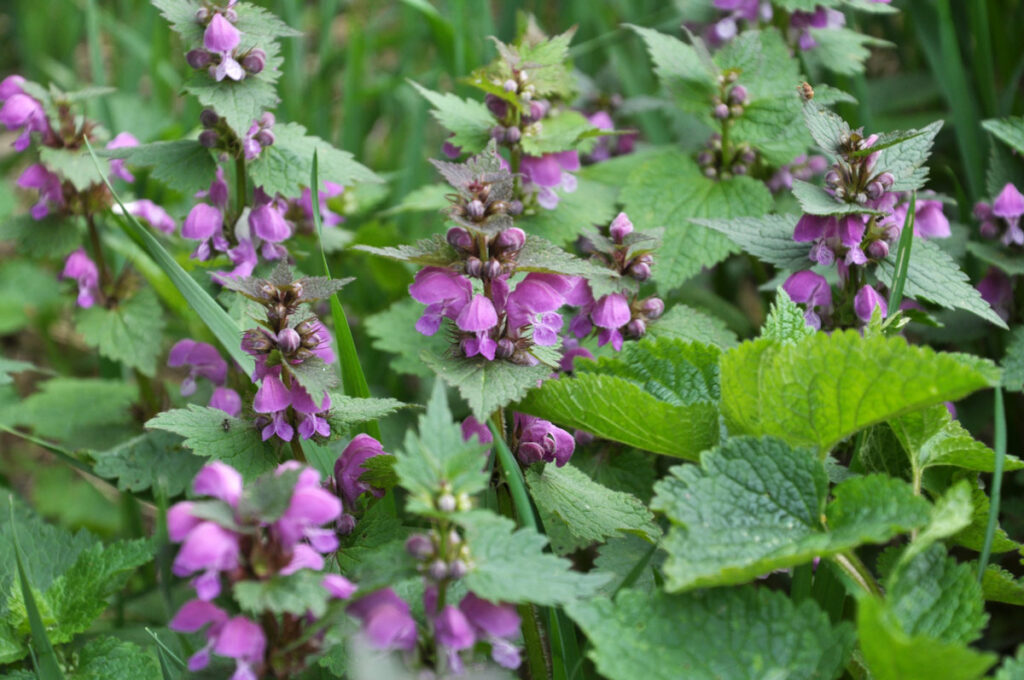
Related Posts
- How to Forage Morels and Nettles Podcast Episode #22
- 5 Rules for Foraging Wild Edibles + 25 Wild Edible Plants
- 30-Day Self-Sufficiency Challenge
- 8 Tips to Live Like the Pioneers
- Purple Dead Nettle – Foraging, Medicinal, and Cooking Guide
- 8 Tips for Seasonal Living – Homestead Fall Preserving
- How to Make Nettle Leaf Tea

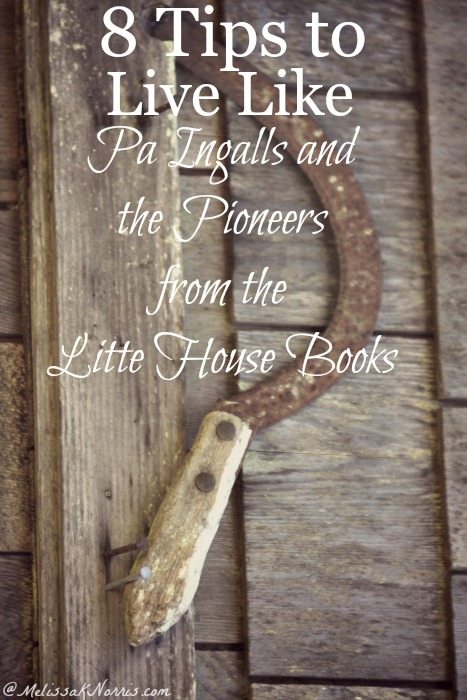

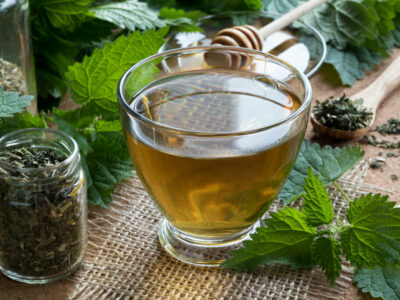

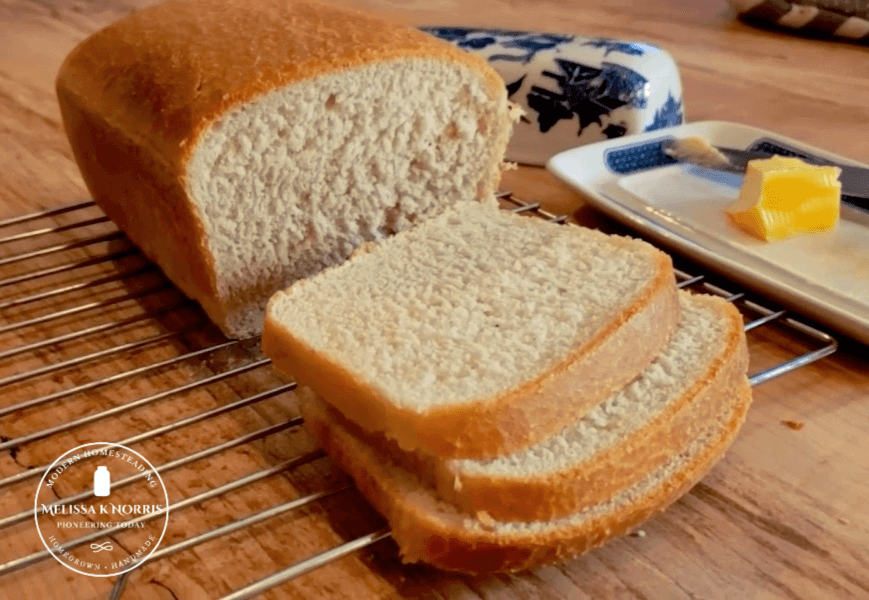
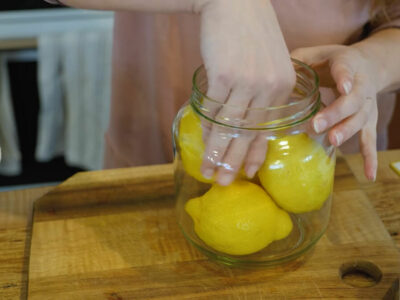



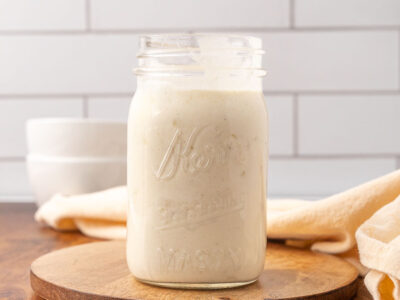
Great article! However, 80% of the photos you have of morels are actually not morels but are verpa bohemica, wich is not the same specie at all…
Mushrooms don’t have roots. The schroom you pick is a flower, the actual plant is the mycelium spreading underground. Pulling up a mushroom without cutting it does not hurt the mycelium. It is spread out underground far beyond the mushroom.
Hi Melissa. I grew up with my Mom hunting Mushrooms. We have purchased some Morels and have them soaking in cold salt water in the fridge. How do you then prepare them. Would love to have your advice on preparation. Thanks so much. Del
I drain, cut mine in half lengthwise, rinse, and dredge through a whipped egg and seasoned flour, then fry up in butter!
Hi I just wanted to let you know the species of mushroom you have above is not a true morel but a look a like Verpa bohemica. You can tell the difference because a true morel’s cap is pitted and less brain like. In addition, the cap you have is not attached to the stem whereas a true morel cap is attached to the stem. Verpa bohemica is often found under black cottonwoods as well. 🙂
[…] How to Forage Morel Mushroom (has the link to the false morel) […]
Always good to find an original source on morels… great article Melissa! Have you had any success this season here in WA state?
Yes. We had about two weeks of good hunting. It turned a little cold and cut the season short, but we did get some. 🙂
Good to know. I’m heading over to the Wenatchee area tomorrow with high hopes. Still trying to get the tactics down for finding them in the Northwest. It was sooo much easier where I grew up in the Midwest.
I keep telling my husband I would love to go looking for morel’s.
You keep inspiring me 🙂 Thanks!
We just got back from a trip. 🙂 Once he goes, he’ll be hooked.
Well done! Great pictures on the site.
Thanks, Bill. You’re movie sounds intriguing.
Your Pioneering book sounds very interesting. We have foraged fiddlehead ferns a few times. That’s as adventurous as we get 🙂
What a great blog! My husband and I have a very wooded lot so we don’t have enough shade for a garden. However, we’re excited to participate in an Amish CSA this year. We’re anxious to receive our first box of fresh, locally grown veggies at the end of May!
CSA is a great program. I’ll have some recipes on cooking veggies seasonally soon, too. 🙂
I’ve foraged quite a bit, but not for mushrooms. Just not a fan. When my boys were younger we took a hike for wild edibles and brought back home BAGS of stuff from a short walk. They labeled them and entered them in the fair (homeschoolers, ya know, haha!). Thanks, also, for the chance at the free book. I pinned it!
Naomi,
Love this! What did your boys gather? And that sounds like my kind of fair. 🙂 Thanks for the pin and good luck on winning the book!
Do you want to come visit us in northeast TN and show me how to do some of this pioneering? 🙂 I have enjoyed your blog since I found it. I think we have quite a bit in common. I love to write and have long since thought that – although I LOVE my modern day living – it would be a better life (maybe more fulfilling?) if I lived in the days of “Little House on the Prairie”. Ha ha. Really though and if you remember my blog comments in the last weeks we have bought acreage and I’m trying to do what I can to live out some of that – what you call “pioneering”. 😉
Leslie, I’d love to come TN! My family is from NC and I’ve always wanted to go back. Hopefully within the next few years. I love hearing about your adventure with your new acreage. And I’m a Little House girl, too. It was the first books my mom read to me as I was growing up, and then I re-read them many times. Can’t wait to hear more about your pioneering experiences!
We’re also in Tennessee and recently bought a farm. We think we may have morel mushrooms, and I’m learning what to look for this spring. Is there a specific month we should start looking for them? Thanks for all the wisdom, Melissa K. Norris!!
Right when the stinging nettles begin to come up. For us it’s the beginning of April usually.
Loree, such fond memories. A Sheep Head, I’ve never heard of those. Now I’ve got to research it!
Loree, such fond memories. A Sheep Head, I’ve never heard of those. Now I’ve got to research it!
I love mushrooms…thanks for sharing.
Jackie, you’re welcome, and me, too. A favorite.
Donna, I believe they grow all over the United States. On the east coast, I’ve read they prefer hardwoods, though here, they like the Cottonwood tree. Good luck!
Patsy, we’ve picked chickweed, and I’ve heard of poke salad, but never picked it or been shown it. Thanks for sharing. Now I’ll have to investigate. 🙂
Wow…..I wish I could find these in our wooded area here in Georgia. I wonder if they grow here….Thanks for sharing!
I remember hunting for poke salad with my parents when I was a little girl. Not sure if many people have even heard of it but it’s a green leafy plant you cook. It grows wild.
We have poke salad EVERYWHERE on our farm, and not able to contain it. I’m going to have to research and see what you use it for once you cook it. 🙂
My dad remembers eating the tender, young greens as a child. A friend says the stems, sliced and fried tastes like okra but I haven’t tried it yet. I have always heard that the berries are toxic but, after reading about them being used to treat arthritis, I tried it and it works. Just a single ripe berry daily seems to help greatly. The root makes a tincture that is antibacterial and is very good for treating various infections. Check it out thoroughly before waging war, you might want to save some. We’ve harvested a lot and it still seems to double every year.
We have may apples just starting. We keep looking.
When I was a small girl, my dad would hunt for wild mushrooms. I remember going along with him at times. One time we found a huge Sheep Head in the nearby woods. Jackpot!